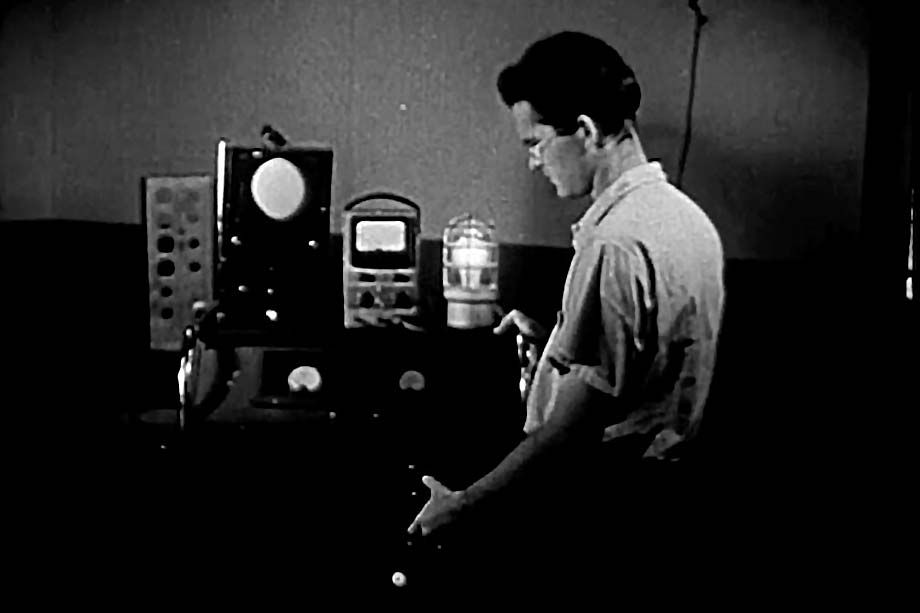When Herbert Sohn enlisted in the Navy at the age of 17 during WWII, he didn't know how deeply his role would impact the future of technology. After passing an exam to become a radio technician, Sohn swore an oath to work on the Navy's top-secret weapon of the day: radar technology.
Dr. Herbert Sohn never saw planes and ships with quite the same pride that other WWII Navy veterans did. He didn’t spend his time training for flight or learning landing signals. Instead, his source of pride was something much deeper, something the whole world still uses today. When Herbert Sohn was in the Navy, he worked on radar.
Training on Lake Michigan
Though he was studying to be a pre-law student, Sohn took time away from school to enlist in the Navy in 1945, when he was only 17 years old. He was stationed at the Great Lakes Naval Reserves near North Chicago, on the banks of Lake Michigan. Not long after he enlisted, he took the Eddy test, a prestigious exam to test personnel for capability in training as electronics maintenance technicians. The test was developed by William C. Eddy, an expert in electronics. The test itself was extremely challenging with a firm pass/fail grading criteria, resulting in only the best of the best passing the exam, including Herbert Sohn.
After completing the Eddy test, Sohn became an official Navy radio technician. Soon after that, he swore an oath and began working with the Navy’s top-secret weapon of the time: radar.

We started out with radio and then we worked on the magnetron and other radar instruments. We never saw the instrument, only what was on the outside. You took a special oath not to tell anybody what you were doing.
During WWII, radar was new enough that no one had heard of it. Sohn and his fellow technicians learned about the system in the safety of Navy Pier, under armed guards and tight security. About the training, Sohn said “We started out with radio and then we worked on the magnetron and other radar instruments. We never saw the instrument, only what was on the outside. You took a special oath not to tell anybody what you were doing.”
The technicians practiced with experimental ideas and technologies, learning quickly and serving the efforts of the allied forces. They worked on board USS Wolverine and USS Sable, two cruise ships that had been refitted into aircraft carriers for training. However, before the war had come to an end, Sohn came down with a strange sickness.

A new legacy
After being sent to the sick bay only to have his condition worsen, Sohn was transferred to Passavant (Northwestern) Hospital. From there, it was determined that he was reacting badly to sulfur, which was also what had been prescribed to him to help him recover. Removing the sulfur brought him back to full health, and also changed the course of his life. “I had the whole place to myself,” he remembered. “I used to walk around and talk to the doctors. I got very intrigued with medicine.”
It was there that he decided to become a physician, dedicating his life to serving not only his country, but each one of his patients.
By the end of the war, Sohn had served two years in the Navy and two more in the Marine Corps, earning the rank of Sergeant. He returned to school and became a urologist, practicing at the University of Chicago Weiss Memorial Hospital for nearly 60 years. He was active in politics, running both for U.S. Congress and Mayor of Chicago. Additionally, he sat on multiple boards and associations, applying the same sacrificial spirit that served him well in the Navy. Although he passed away on June 7, 2019, his memory lives on, not only through his family, friends, and patients, but also through his service to the Navy and in every piece of radar technology still in use today.
